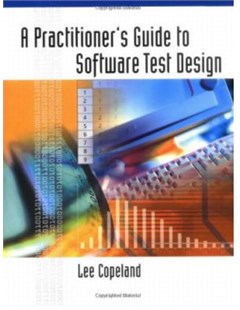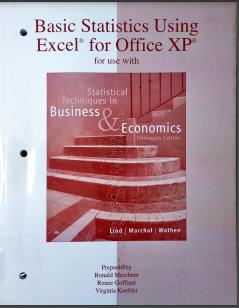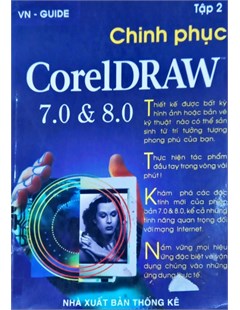A Practitioner's Guide to Software Test Design
Contents: The Testing Process; Case Studies. Black Box Testing Techniques: Equivalence Class Testing; Boundary Value Testing; Decision Table Testing; Pairwise Testing; State-Transition Testing; Domain Analysis Testing; Use Case Testing. White Box Testing Techniques. Testing Paradigms. Supporting Technologies. Some Final Thoughts
2004
Here's a comprehensive, up-to-date and practical introduction to software test design. This invaluable book presents all the important test design techniques in a single place and in a consistent, and easy-to-digest format. An immediately useful handbook for test engineers, developers, quality assurance professionals, and requirements and systems analysts, it enables you to: choose the best test case design, find software defects in less time and with fewer resources, and develop optimal strategies that help reduce the likelihood of costly errors. It also assists you in estimating the effort, time and cost of good testing. Numerous case studies and examples of software testing techniques are included, helping you to fully understand the practical applications of these techniques. From well-established techniques such as equivalence classes, boundary value analysis, decision tables, and state-transition diagrams, to new techniques like use case testing, pairwise testing, and exploratory testing, the book is an indispensable resource for testing professionals seeking to improve their skills and an excellent reference for college-level courses in software test design.
Copeland, Lee. A Practitioner's Guide to Software Test Design, Artech House, 2004.
Bộ sưu tập số Lĩnh vực Công nghệ thông tin
 |  |  |
| Basic statistics using excel for office XP for use with statistical techniques in business & economics | Chinh phục Corel Draw. Phiên bản 7.0 và 8.0 Tập 2 |
Thứ Ba, 16:48 23/08/2022
Copyright © 2018 Hanoi University of Industry.